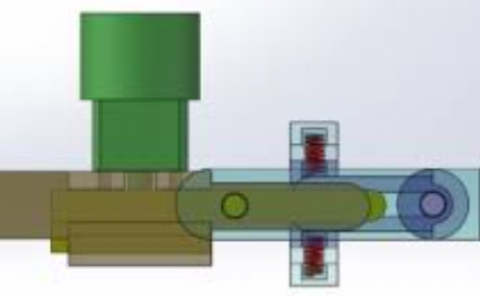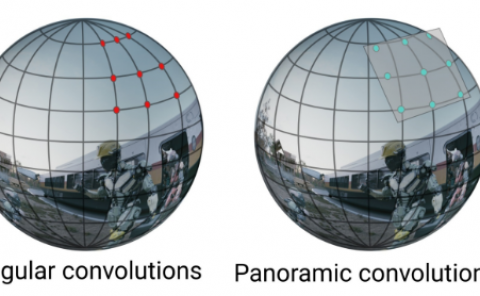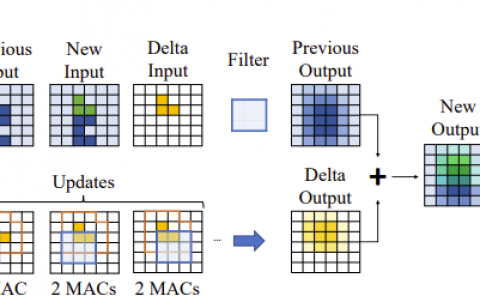Virtual reality head-mounted goggles increase the body sway of young adults during standing posture
PubDate: Aug 2020
Teams: São Paulo State University;University of São Paulo
Writers: Luis Felipe Itikawa Imaizumia;Paula Fávaro;PolastribTiago;PenedoaLuiz Henrique Palucci Vieiraa;Lucas Simielia;Flávia Roberta Faganello Navegac;Carlos Bandeira de Mello Monteirod;Sérgio Tosi Rodriguesb;Fabio Augusto Barbieria
PDF: Virtual reality head-mounted goggles increase the body sway of young adults during standing posture

Abstract
The aim of this study was to investigate the effects of wearing virtual reality head-mounted goggles (VR) on body sway in young adults. We run two experiments, in which we compared the body sway while standing during the conditions of 1) wearing and non-wearing VR with eyes-opened (experiment #1), 2) wearing and no-wearing VR with eyes-closed (experiment #2), and 3) wearing VR with eyes-opened when the scene was turned on and off (experiment #2). Forty-four (experiment #1) and fifteen (experiment #2) young adults were instructed to remain as still as possible on a force plate for 60-s and performed three trials in each quiet standing condition. The center of pressure (CoP) displacement, mean velocity, root mean square (RMS), area and median frequency of sway were calculated in both experiments. In the experiment #1, wearing VR condition with eyes-opened largely increased the AP and ML CoP displacement, AP mean velocity, AP and ML RMS, and area (p < 0.05) compared to non-wearing VR with eyes-opened. In the experiment #2, no differences were found for any conditions (eyes-closed and eyes-opened with turned on and off VR scene). In conclusion, wearing VR head-mounted goggles increased body sway of young adults during standing postural task, when the individuals were with eyes-opened. However, the effects of wearing VR head-mounted goggles on body sway disappeared when the individuals were with eyes-closed or the google scene was turned off the scene compared to not wearing VR head-mounted goggles with eyes-closed or turned on scene, respectively.



